Education
Reserve block; Own NFTs on a P2P, gasless protocol
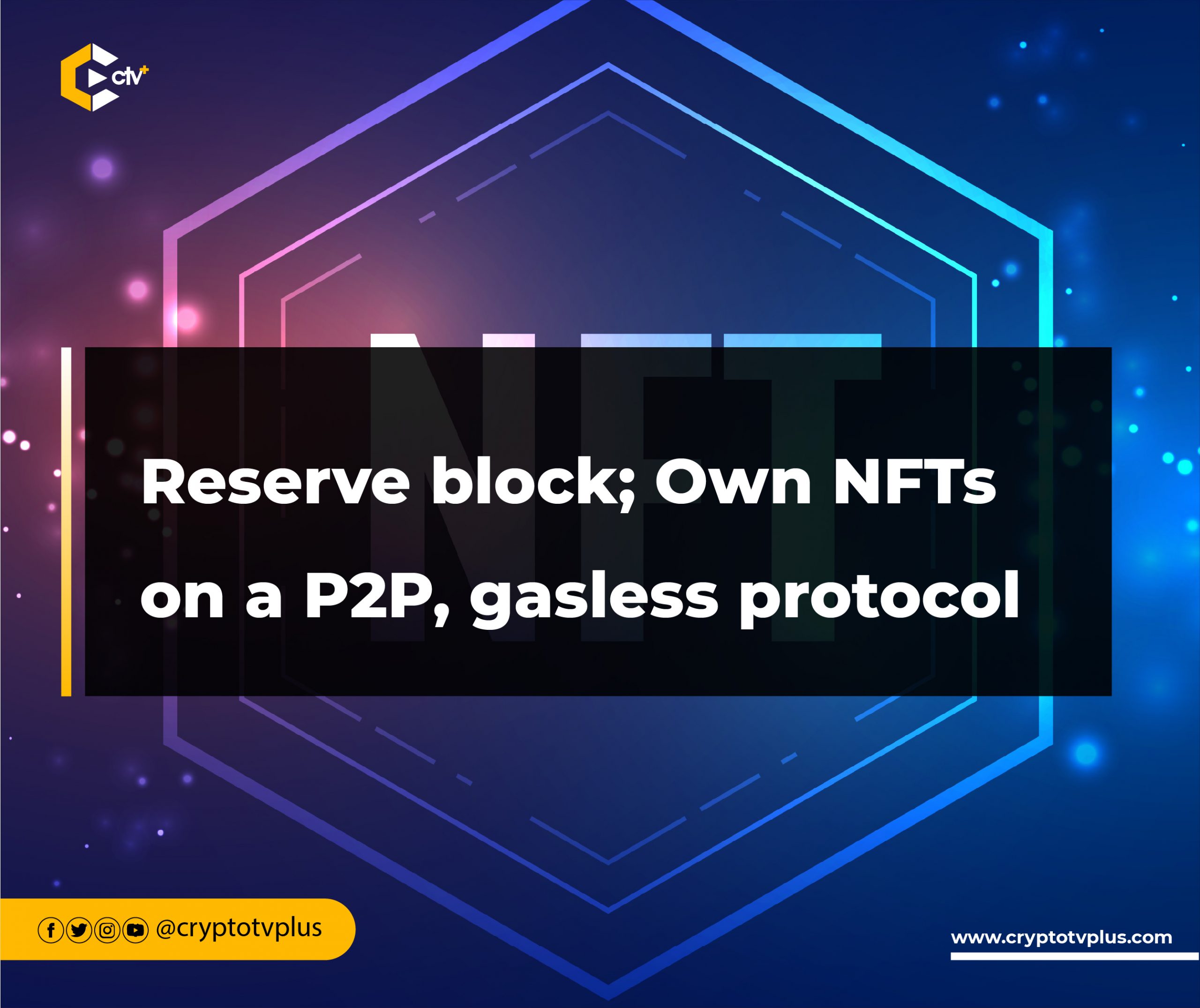
Reserve block is an open-source layer 1 blockchain that operates autonomously and in a decentralized manner to democratize peer-to-peer transactions and digital and physical asset tokenization. It offers a powerful suite of on-chain tools and features accessible via a core wallet, empowering creators with complete autonomy and self-execution. Additionally, on-chain royalty enforcement ensures a fair and transparent transactional process.
The platform which is designed to drive the tokenization of digital assets allows users to mint and exchange RBX NFTs without the need for a marketplace. This is possible due to its peer-to-peer system with a core wallet. Creators who create and share their digital assets are offered on-chain royalty enforcement for fairness and transparency.
Consensus mechanism of RBX
Unlike the popular consensus mechanisms such as Proof of Work and Proof of Stake, Reserve Block uses the Proof of Assurance (PoA) system. Proof of Assurance is a system where validators agree to assure a specific amount of RBX and craft transactions into blocks for the network, acting as beacons for p2p asset transfer.
Thus, a group of validators that act as nodes are required to each put up an amount of RBX to become qualified as validators. These validators solve block challenges that determine transactions that reach finality and act as beacons for peer-to-peer transfers in the ecosystem.
Features of RBX
RBX Wallet: RBX Wallet is an inbuilt wallet of Reserve Block that allows users to generate addresses, create transactions, send media/data P2P, view and download NFTs, view a history of all transactions, Blockchain querying, view template smart contracts, check user balance, code smart contracts, and create human-readable addresses. Users can either download the wallet or create a web version.
Trillium: Trillium is the smart contract language that powers RBX smart contracts. Trillium is a smart contract language inspired by C#, C, and JavaScript.
Masternodes: These are nodes that can validate and earn randomized block rewards like a miner without the high burden or expense of rigs and excess energy in the Reserve block platform. Masternodes use their local device with a unique IP address and non-custodial RBX native core wallet to start validating. Each user is free to participate without holding periods, fees, or penalties.
RBX Halving: Reserve block has a halving reward system like Bitcoin. Every four years, the reward for validators is reduced by half.
Other features of Reserve blocks include both desktop and mobile access for users; transaction per second of between 25,000 and 30,000; transaction latency of 1-20 seconds; a transaction fee of $0.00001 per KB; average transaction finality of 25 seconds; and a current a 10k number of validators.
Possible use case of Reserve block
The Reserve block protocol can be used for various use cases such as:
- Tokenization of physical goods: The process of tokenizing physical goods enables the linkage of NFTs with them, thereby facilitating a transparent and effortless transfer of assets by substituting the physical goods with the NFTs.
- Gaming: In blockchain-based games, in-game items such as weapons, armour, skins, and devices can be created as NFTs.
- Music: Using music NFTs, artists can issue digital albums with publishing stored directly on-chain. This can act as a connection between these artists and their fans and delivers unique experiences for the fans such as exclusive access to events.
- Social media ownership: Minters are also given the right to take full autonomous control over their NFT assets as they interact with social media platforms.
The team behind the Reserve block
According to RBX, the project was developed by a group of “founding validators” with huge experience in media, entertainment, technology, sports, hospitality, banking, and finance. These validators have held positions and collaborated with top firms such as Legendary Pictures, Bandito Brothers, CBS SEAL Team, The United States Navy, Ford, Hummer, BMW, Nike, Apple, Beats, Pepsi, Major League Baseball, NFL, NBA, Universal, Sony, Intel, Google, Amazon, and Citigroup.
At the forefront of the funding of the project are The Reserve Label, Texoware, and The Young Astronauts technology group (thereservelabel.com). Additionally, RBX noted that the Founding Validators and Developers have released an ALL governance of the network to the Masternode community through on-chain voting in the core wallet. It was done upon exiting the Beta version of RBX. the development gives all Validators control over all decisions and improvement proposal that is independent of any third party or authority.
Tokenomics of Reserve block
The RBX native coin is the in-platform currency for the ReserveBlock network, creating an internal ecosystem and bringing value to the platform. It is also a reward currency for participation, development, and verification. Validators have voting rights for the migration, direction, and expansion of the RBX decentralized Blockchain.
The coin has a total supply of 372,000,000 RBX. Part of the coin is designed to be released at the testnet stage for validators, the reward for Masternodes, Nodes, and decentralized developer participation.
Roadmap of Reserve block
While there is no designated roadmap on the Reserve block website, the project has achieved some milestones over time. In 2022, it entered a partnership with Yankees’ All-Star pitcher, Nestor Cortes to release an NFT, launched its web wallet, started Liquid Validating, partnered with the NIL program,
In 2023, it announced listing on Bitrue, Deepcoin, MEXC, and Bitmart exchanges, created a community in CoinMarketCap, and got integrated with FTC, an engineering company, to facilitate proper documentation for the company.
Conclusion
The main vision of RBX is to provide simple, yet powerful tools and convenience of data storage within a stable and secure environment as the RBX chain scales. It also provides adaptability, speed, and unregulated and non-discriminatory protocols. The RBX chain and its protocols do not restrict or attempt to control any specific areas of usage as a centralized authority.
All regulatory mechanisms are designed to self-regulate harm and not attempt to stop an application proposed so long as it receives the necessary voting & acceptance as required by the protocol. Additionally, self-governing protocol mechanisms prevent bad actors from completing transactions that would violate platform parameters.
Read also:
Top 3 Centralized Exchange with most Metaverse & GameFi Tokens



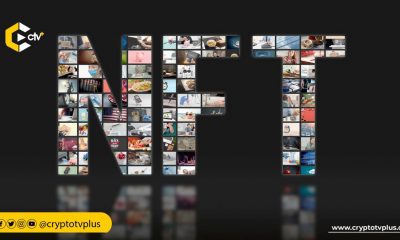



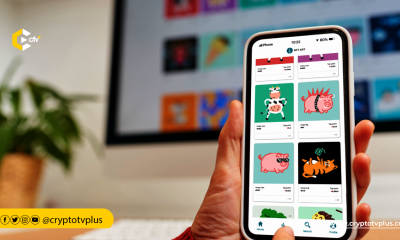

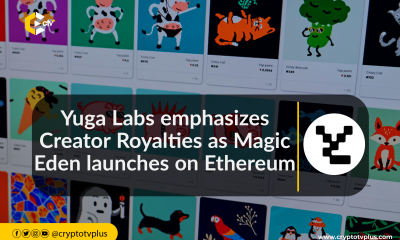



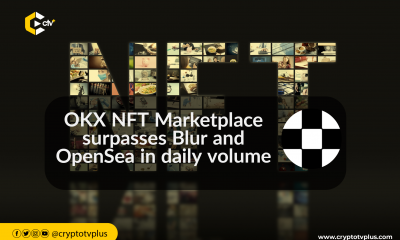











Pingback: Reserve block; Own NFTs on a P2P, gasless protocol by Chuks Nnabuenyi Jr – CryptoTvplus Events: NFT, DeFi, Bitcoin, Ethereum, Altcoin Events